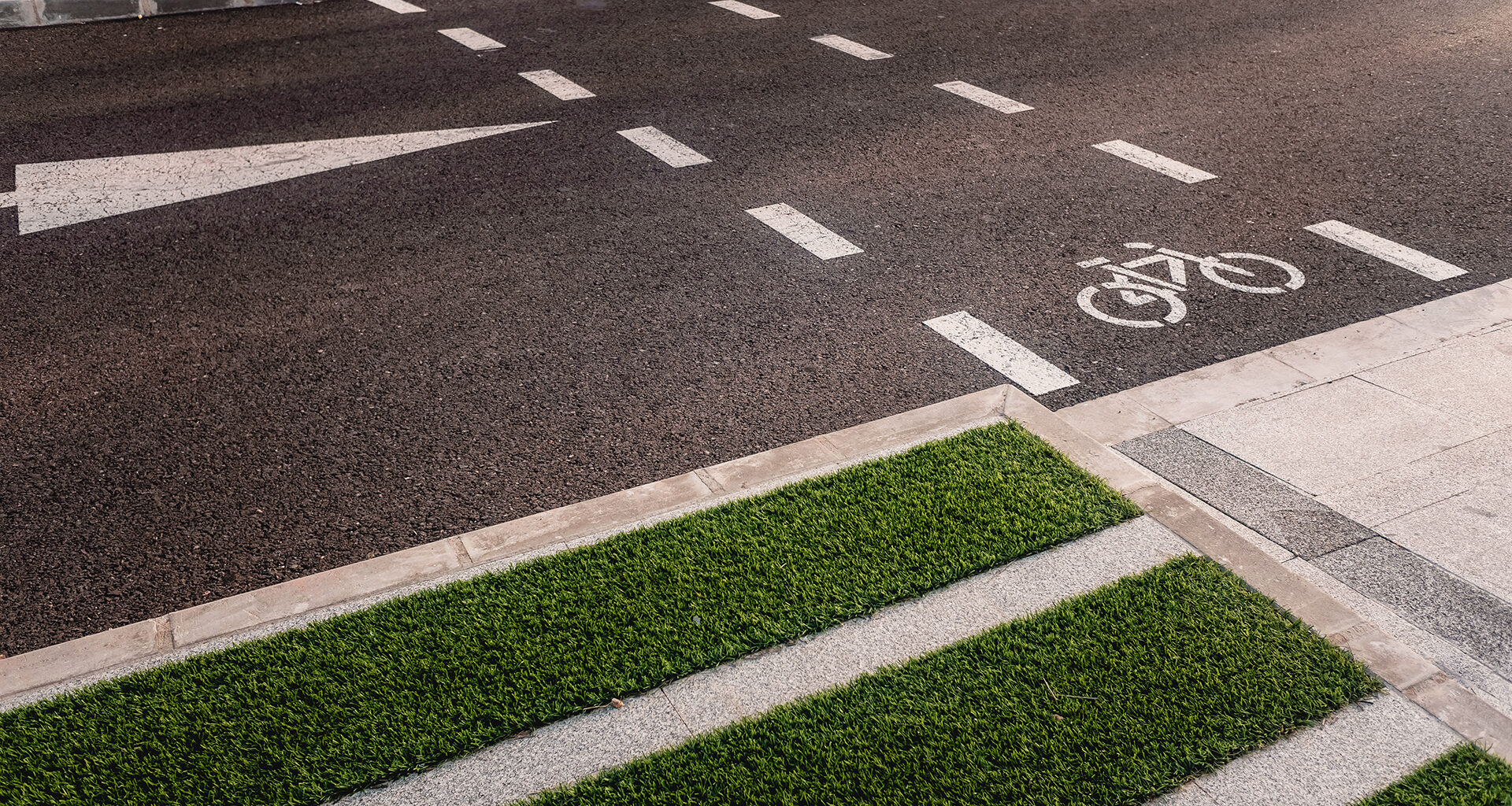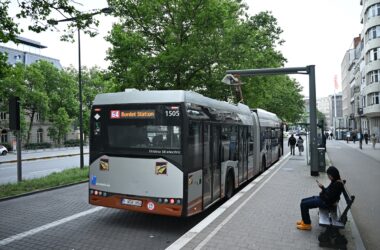As urbanization continues to rise worldwide, cities face the challenge of creating sustainable and livable environments. One critical aspect of this transformation is the development of pedestrian-friendly infrastructure. By prioritizing the needs of pedestrians, cities can enhance urban sustainability, reduce pollution, improve public health, and create more vibrant and inclusive communities.
The Importance of Pedestrian-Friendly Infrastructure:
Pedestrian-friendly infrastructure is designed to prioritize the safety, convenience, and comfort of people who walk or use non-motorized modes of transportation in urban areas. This approach addresses several key urban challenges:
- Reduced Congestion: Encouraging walking reduces the number of cars on the road, easing traffic congestion and improving overall mobility.
- Public Health: Walking promotes physical activity, reducing the risk of chronic diseases and improving public health outcomes.
- Environmental Benefits: Fewer cars on the road mean reduced emissions, air pollution, and noise pollution, contributing to a cleaner and healthier urban environment.
- Social Inclusion: Pedestrian-friendly cities are more inclusive, offering accessibility to all, regardless of age or physical ability.
Elements of Pedestrian-Friendly Infrastructure:
- Sidewalks: Well-maintained sidewalks with adequate width, lighting, and seating encourage walking and create safe paths for pedestrians.
- Crosswalks and Signals: Clearly marked crosswalks, pedestrian signals, and countdown timers enhance safety at intersections.
- Street Furniture: Benches, bike racks, and trash receptacles provide comfort and convenience for pedestrians.
- Protected Walkways: Protected walkways, such as pedestrian islands and raised crosswalks, improve safety by separating pedestrians from vehicular traffic.
- Bicycle Lanes: Dedicated bicycle lanes alongside pedestrian paths encourage cycling as a sustainable mode of transportation.
- Green Spaces: Incorporating greenery and urban parks into pedestrian-friendly areas enhances aesthetics and offers recreational spaces.
Benefits of Pedestrian-Friendly Cities:
- Improved Air Quality: Reduced car emissions result in cleaner air, benefiting public health and reducing respiratory illnesses.
- Lower Traffic Fatalities: Pedestrian-friendly infrastructure decreases accidents and fatalities, making cities safer for everyone.
- Economic Benefits: Walkable cities often experience increased economic activity, as pedestrians are more likely to visit local businesses.
- Community Building: Pedestrian-friendly environments foster social interactions and community engagement.
- Reduced Stress: Walking in green, pedestrian-friendly spaces can reduce stress and improve mental well-being.
Success Stories:
- Copenhagen, Denmark: Known for its cycling infrastructure and pedestrian zones, Copenhagen prioritizes non-motorized transportation, leading to cleaner air and healthier residents.
- Bogotá, Colombia: Bogotá’s Ciclovía program temporarily closes streets to cars on Sundays, creating car-free zones for walking and cycling, promoting community engagement, and reducing pollution.
Challenges and Considerations:
- Infrastructure Investment: Creating pedestrian-friendly cities requires significant investment in infrastructure, which can be challenging for some municipalities.
- Urban Planning: Retrofitting existing cities to become pedestrian-friendly can be complex, requiring careful urban planning and community engagement.
- Equity: Ensuring that pedestrian-friendly infrastructure is accessible to all socioeconomic groups is essential to avoid creating disparities in urban mobility.
A Sustainable Urban Future:
Pedestrian-friendly infrastructure is a cornerstone of sustainable urban development. By prioritizing the needs of pedestrians and promoting walking and cycling, cities can reduce pollution, improve public health, and create more vibrant and inclusive communities. As urbanization continues, the transformation of cityscapes into pedestrian-friendly environments represents a positive step toward a greener, healthier, and more sustainable urban future.



 UN
UN 




